Sending employees abroad is one of the most exciting steps a company can take. International assignments can grow your business, develop future leaders, and deepen global expertise. But these moves don’t come without challenges. One of the most important decisions you’ll make is choosing the right person for the job.
This post kicks off our Simplifying Cross-Border Moves blog series, where we explore key insights from our white paper and recent webinar. Together, these resources are designed to help global mobility teams simplify complex assignments and achieve success.
International Assignments can be Initiated by the Employee or the Business
Employee-initiated moves
An employee may request to relocate for personal reasons, such as joining a partner abroad or seeking international experience. These moves often require minimal employer investment, focusing on compliance rather than extensive financial support.
Business-driven assignments
These are initiated by the employer to meet a business need, such as filling a critical role, expanding market presence, or addressing skills gaps. In these cases, the company is likely to provide more extensive financial support to ensure a successful transition.
Not everyone is suited for an international assignment: selecting the wrong assignee can lead to costly assignment failures. A well-thought-out selection process ensures a strong return on investment with the right person being chosen for the right reasons, maximizing both assignee success and business impact.
What Makes a Great Global Assignee?
The best candidates bring more than technical skills. They have cultural awareness, adaptability, and the resilience needed to thrive in a new country. For business-driven assignments, where companies are filling critical roles or expanding into new markets, these qualities are essential.
It’s equally important to consider family dynamics. A partner or children relocating too? Support like schooling assistance or spousal job help can make all the difference. A smooth family transition often leads to higher assignee satisfaction and long-term success.
A well-thought-out selection process ensures you’re sending the right person for the right reasons, which maximizes both business impact and employee engagement.
Simplifying Cross-Border Moves: Where Do You Start?
This is just one area we explore in the paper. We also cover compliance and cost management, designing effective compensation packages, and supporting assignees throughout their journey. Subscribe to our blog to see all the updates. Download our guide “Simplifying Cross-Border Moves” or watch the webinar recording to explore practical strategies.
If you’re looking for a quick refresher on global mobility fundamentals, visit AIRINC’s Global Mobility Education Knowledge Base. Whether you’re new to mobility or a seasoned professional, it’s a helpful explainer of the nuts and bolts of global assignments.
If you’d prefer to talk, I’ve helped many organizations work through these same challenges and would be happy to explore solutions for your mobility programme. Contact me.


%20(16).jpg)

%20(52).png)

